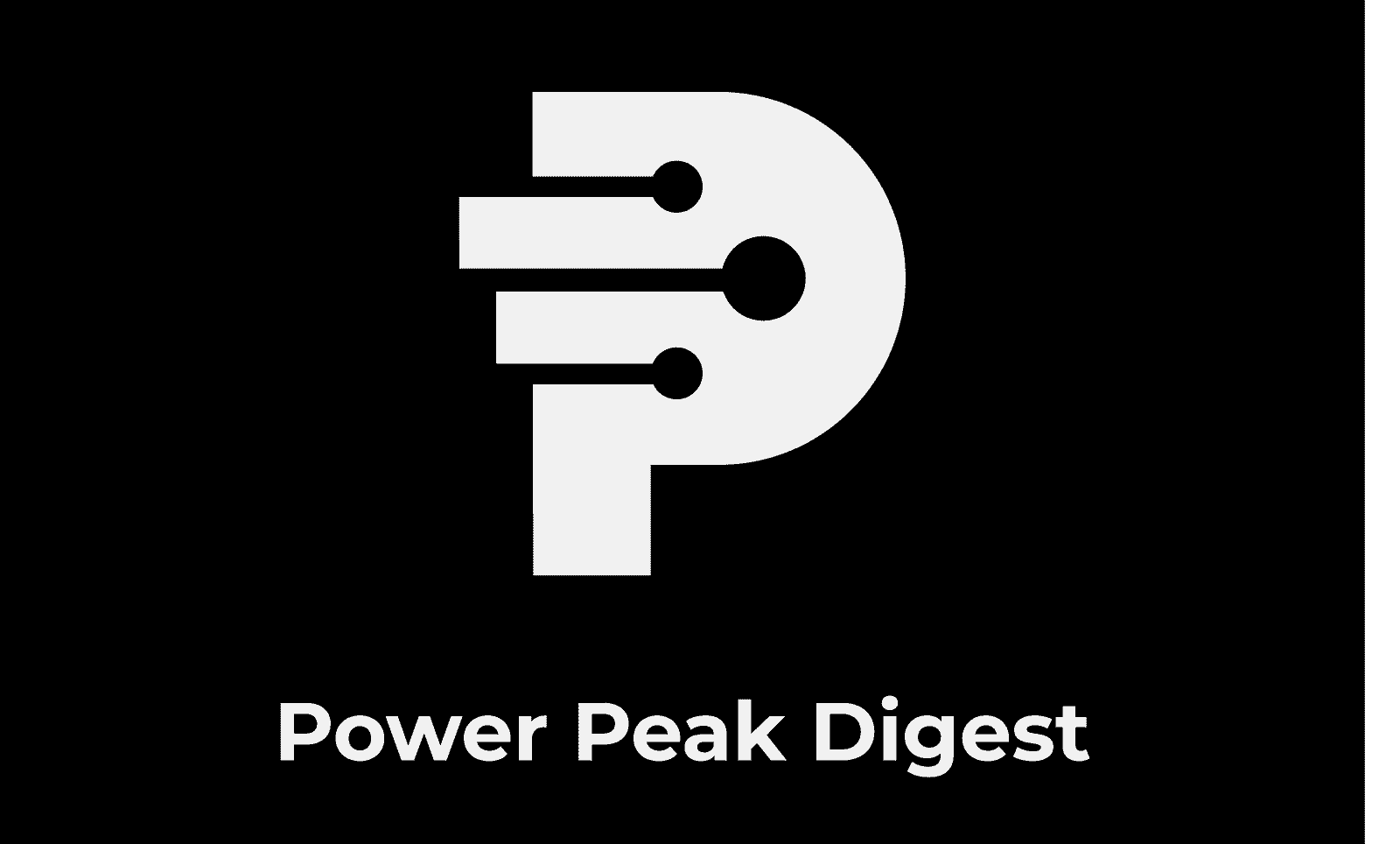Author: PPD Team Date: 24/06/2025

The global solar photovoltaic (PV) sector is evolving rapidly. The 2025 PV Module Index Report by the Renewable Energy Test Center (RETC) offers a detailed review of emerging trends, risks, and innovations in module design, performance, and reliability.
Industry shifts and their implications
The PV industry is navigating rapid changes. Supply chains are shifting due to tariffs and geopolitical constraints. Manufacturers are adopting new cell technologies like n-type TOPCon and perovskites. At the same time, policy pressure is growing to decarbonise module manufacturing.
These shifts offer efficiency and cost advantages, but they also introduce performance risks. Many basic certifications, such as IEC tests, do not simulate long-term environmental stress. RETC’s Thresher Test addresses this gap by subjecting modules to enhanced reliability testing that exposes weaknesses before deployment.
Performance concerns resurface
Several known failure modes have returned in newer module generations. These include degradation from humidity, thermal cycling, potential-induced degradation (PID), and metastability. RETC notes increased reports of cracked glass, corroded frames, and backsheet damage during lab tests and field inspections.
The likely reasons are shifts in materials and production methods. For example, thinner glass and new encapsulant combinations may reduce weight or cost but compromise durability.
Thresher Test: Raising the bar
The Thresher Test remains RETC’s benchmark for identifying high-performing PV modules. It goes beyond certification by simulating decades of wear through accelerated stress tests: damp heat, thermal cycling, mechanical loading, PID, and UV exposure.
In its latest round (Q2 2024–Q1 2025), only 13% of tested modules earned the “Overall Highest Achiever” designation. This rating requires top marks in performance, reliability, and quality, plus third-party sampling for transparency. The best-performing brands included Astronergy, JA Solar, JinkoSolar, and LONGi Solar.
India’s contribution to global module quality
Indian manufacturers Adani Solar, Waaree, and Tata Power Solar emerged as key contributors to module quality and reliability.
Adani Solar was recognised for its strong bill of materials (BOM) verification systems, ensuring consistent production quality. Waaree not only achieved “Overall Highest Achiever” status but also received commendation for excellence in reliability, performance, and BOM practices. Tata Power Solar stood out in the Incidence Angle Modifier (IAM) test, underlining its design innovation and field performance.
Hail damage remains a top risk
Hail is now one of the most costly risks for solar developers, particularly in markets like Texas. Although hail only causes 6% of insurance claims, it accounts for 72% of losses by value. RETC notes over Rs 50 billion in hail-related losses in Texas since 2018.
Current hail tests, based on decades-old standards, are no longer adequate. RETC and VDE Americas have developed the Hail Resiliency Curve Test. This new method bombards modules with increasingly severe hail impacts to reveal their failure thresholds. The resulting data allows a performance comparison across products.
Initial findings show that modules with 3.2-mm front glass and polymeric backsheets perform better under hail than bifacial dual-glass modules with 2.0-mm glass. Still, more data is needed to reduce uncertainty and support insurance underwriting.
Technology trends: TOPCon and perovskites
N-type TOPCon is gaining popularity for its higher efficiency and bifacial gain compared to p-PERC. However, RETC reports that some TOPCon modules degrade during damp heat testing. The culprit appears to be acidic byproducts from EVA encapsulants. Solutions include switching to polyolefin elastomers (POE) or hybrid encapsulants that neutralize acid formation.
Perovskite modules, while promising, face stability challenges. RETC highlights a new annex to IEC 60904-1-4 under development to standardize testing and stabilization protocols for perovskite modules. This could accelerate commercial readiness.
Meanwhile, the trend toward thinner and larger module formats to reduce cost raises concerns about spontaneous glass breakage. The industry is working to update standards for impact resistance and thermal shock testing to address this.
Metastability and measurement accuracy
Advanced cells such as TOPCon, heterojunction (HJT), and perovskites often show temporary changes in power output due to metastability. These shifts can skew test results unless pre-conditioning steps like light soaking or controlled heating are applied.
New IEC and UL protocols are now including such pre-conditioning to ensure accurate, reproducible measurements.
Fire safety and material changes
As modules increasingly use polymer-based front or rear surfaces, fire risk has become a focus. RETC references updates to UL 61730-2, which proposes expanding fire-tested module categories. Changes to UL 2703 are also being discussed to simplify fire safety certification for modules installed over non-combustible surfaces.
Push toward higher voltages
Some developers are exploring system voltages of 2,000V or even 3,000V to increase power density. The proposed IEC TS 63543 introduces new test standards for high-voltage module reliability, including insulation resistance, wet leakage, and impulse testing.
UL 61730 already allows 2,000V certifications with proper risk management. Broader adoption will depend on utility acceptance, reliability data, and insurance standards.
Red flags in module procurement
RETC warns that quality variations exist even among top-tier manufacturers. In 2024, 14% of tested bills of materials (BOMs) had performance failures. In 2025, that dropped to 3%, showing progress but not eliminating risk.
The report urges buyers to request BOM-specific Thresher Test data and ensure modules have not been resold or improperly stored. One example cited a 2023 shipment that failed multiple tests after being warehoused and resold without proper documentation.
Conclusion: Building lasting solar assets
The 2025 PV Module Index Report provides a clear summary of current risks, innovations, and performance in the solar module market. As technologies evolve and new hazards emerge, the focus must remain on long-term durability and performance.
Key takeaways:
Certifications alone are not enough
Request BOM-specific Thresher Test data
Stay updated on evolving IEC and UL standards
Evaluate modules for hail resilience and metastability
Consider fire safety, encapsulant chemistry, and glass durability
For developers and buyers, the message is simple: test deeper, demand transparency, and build solar assets that last.

